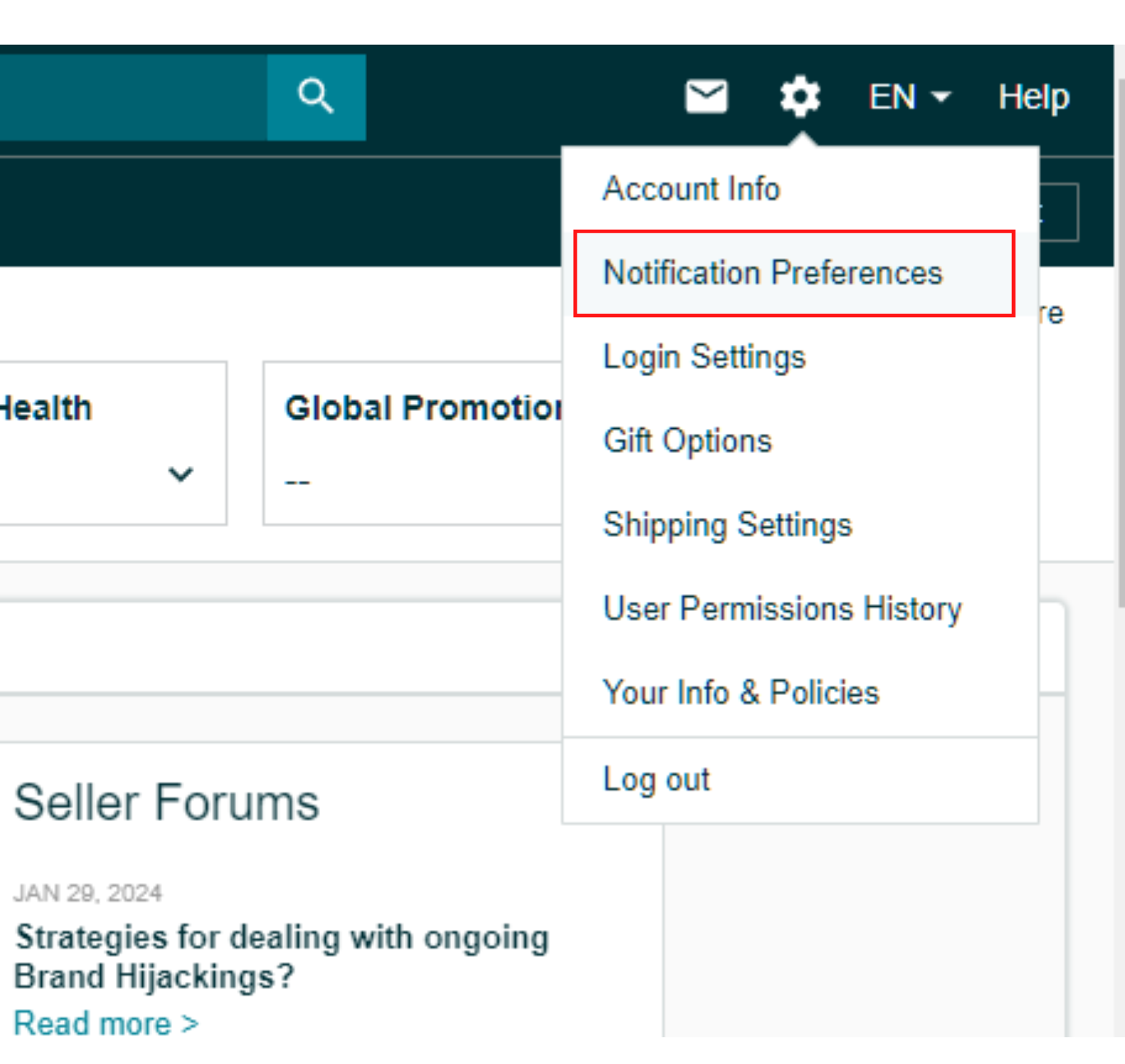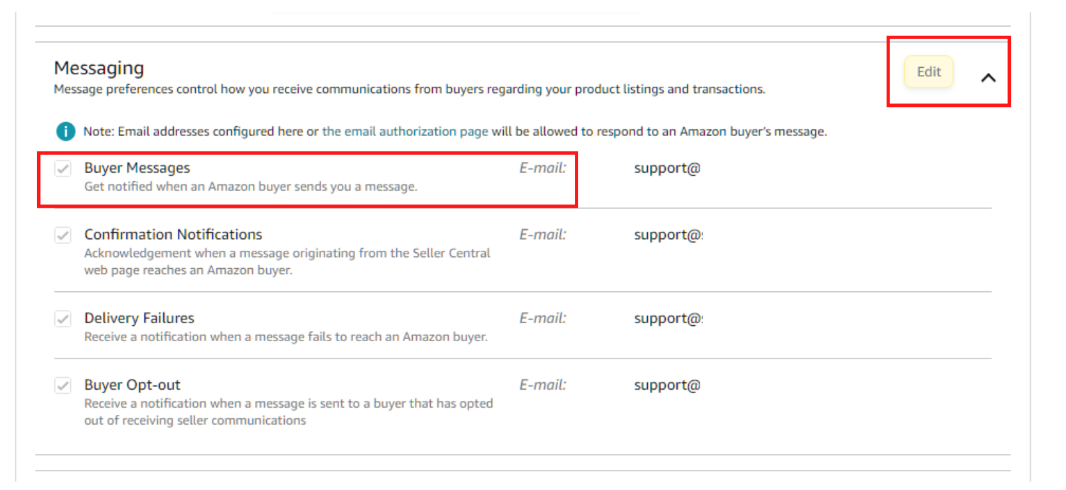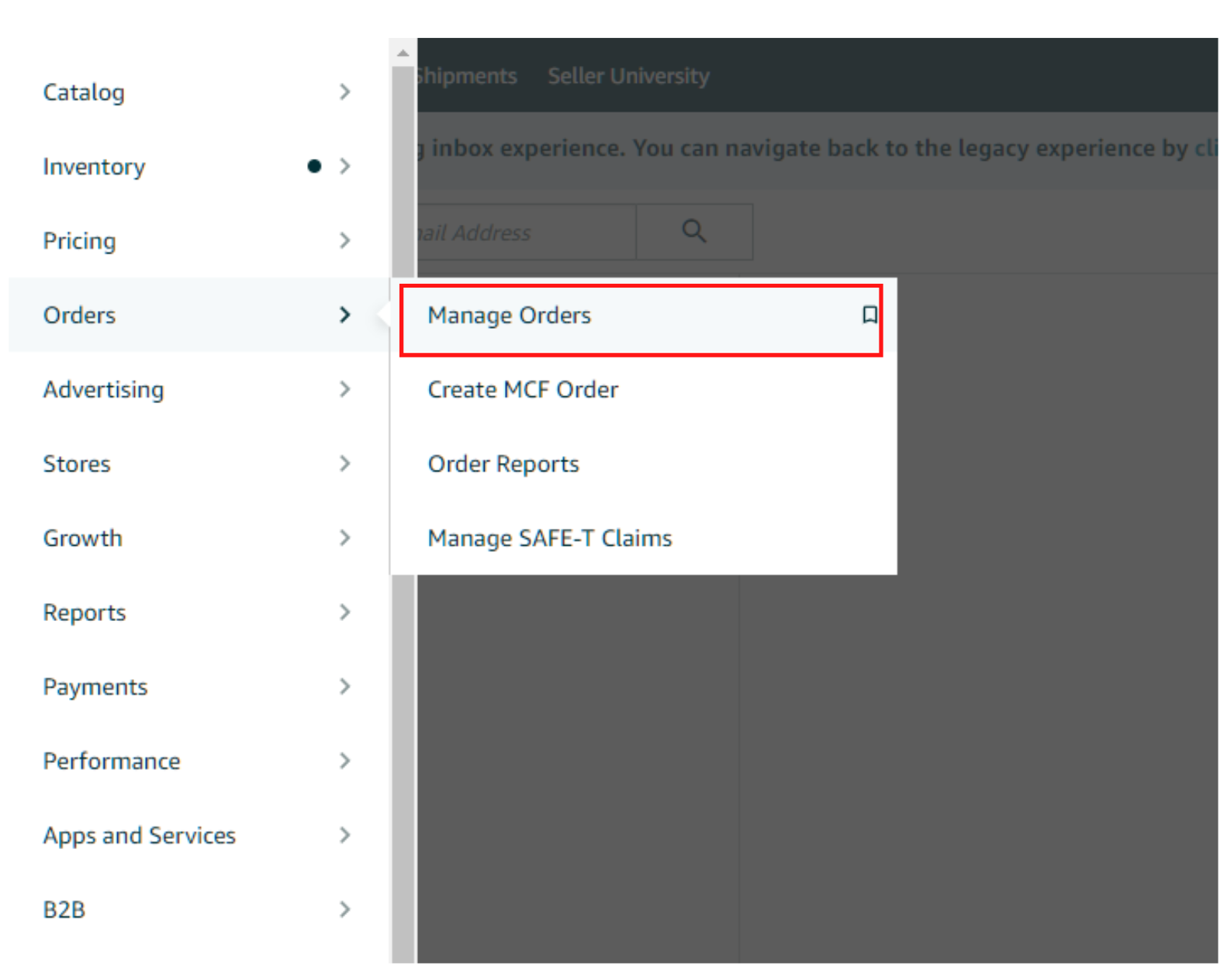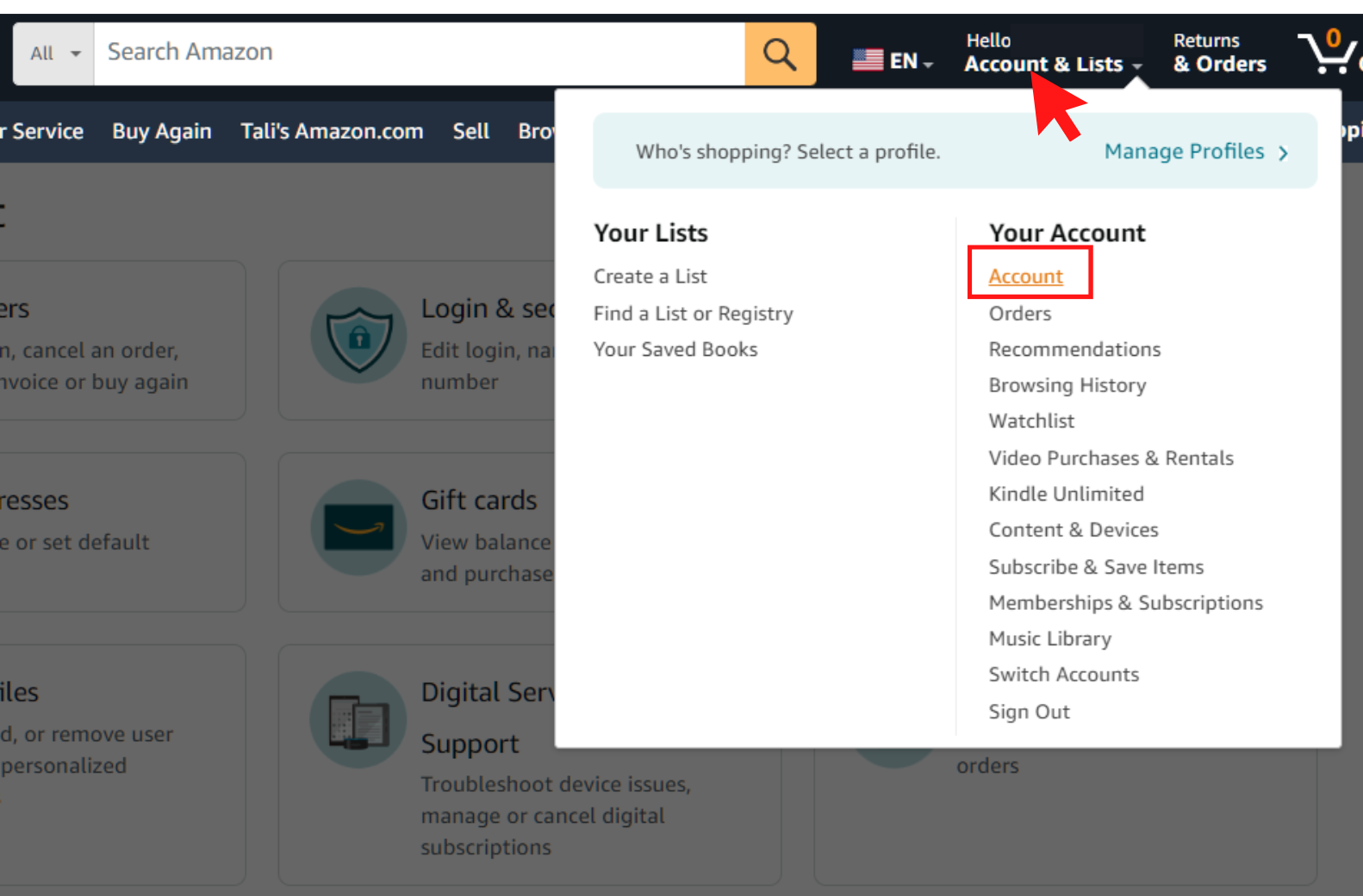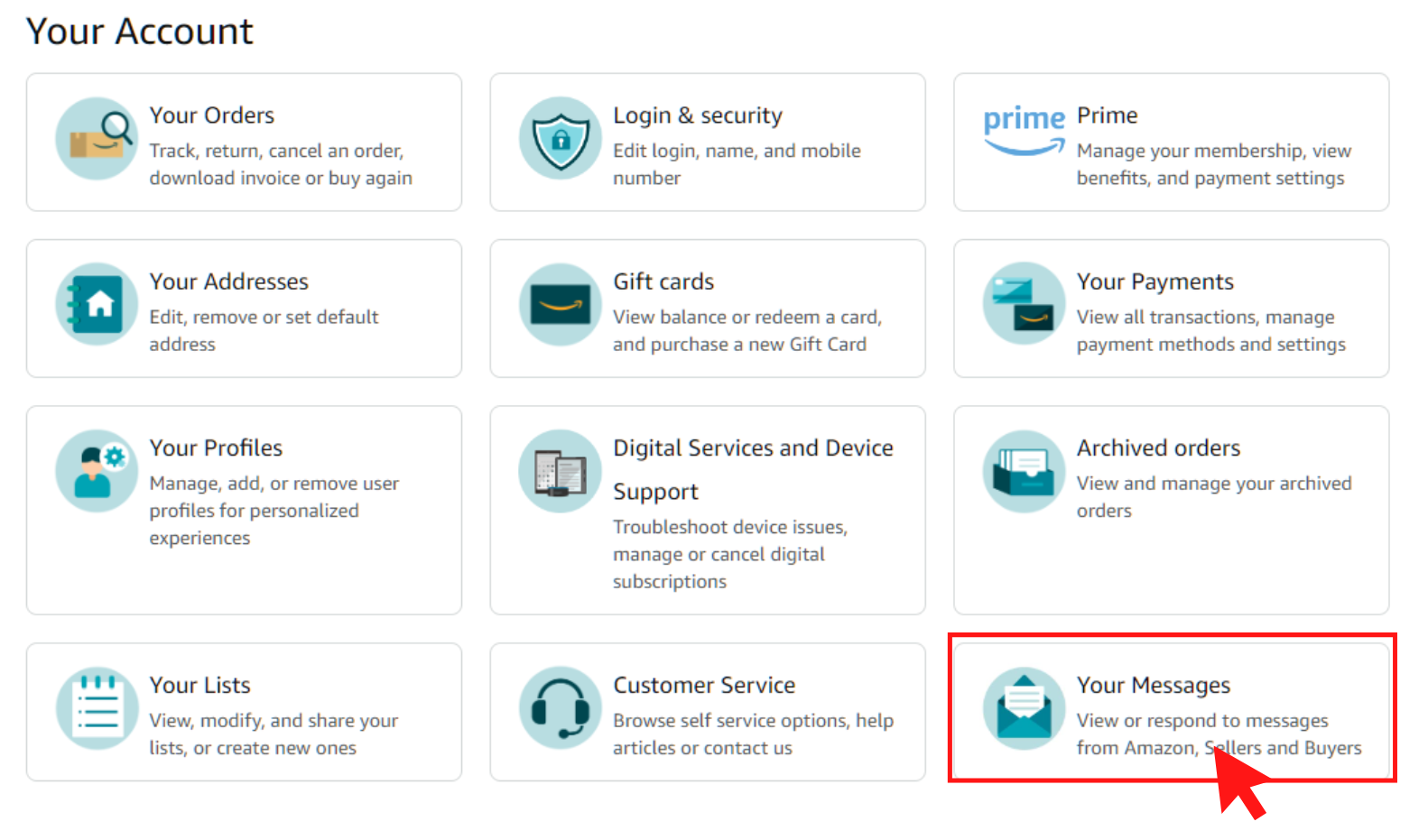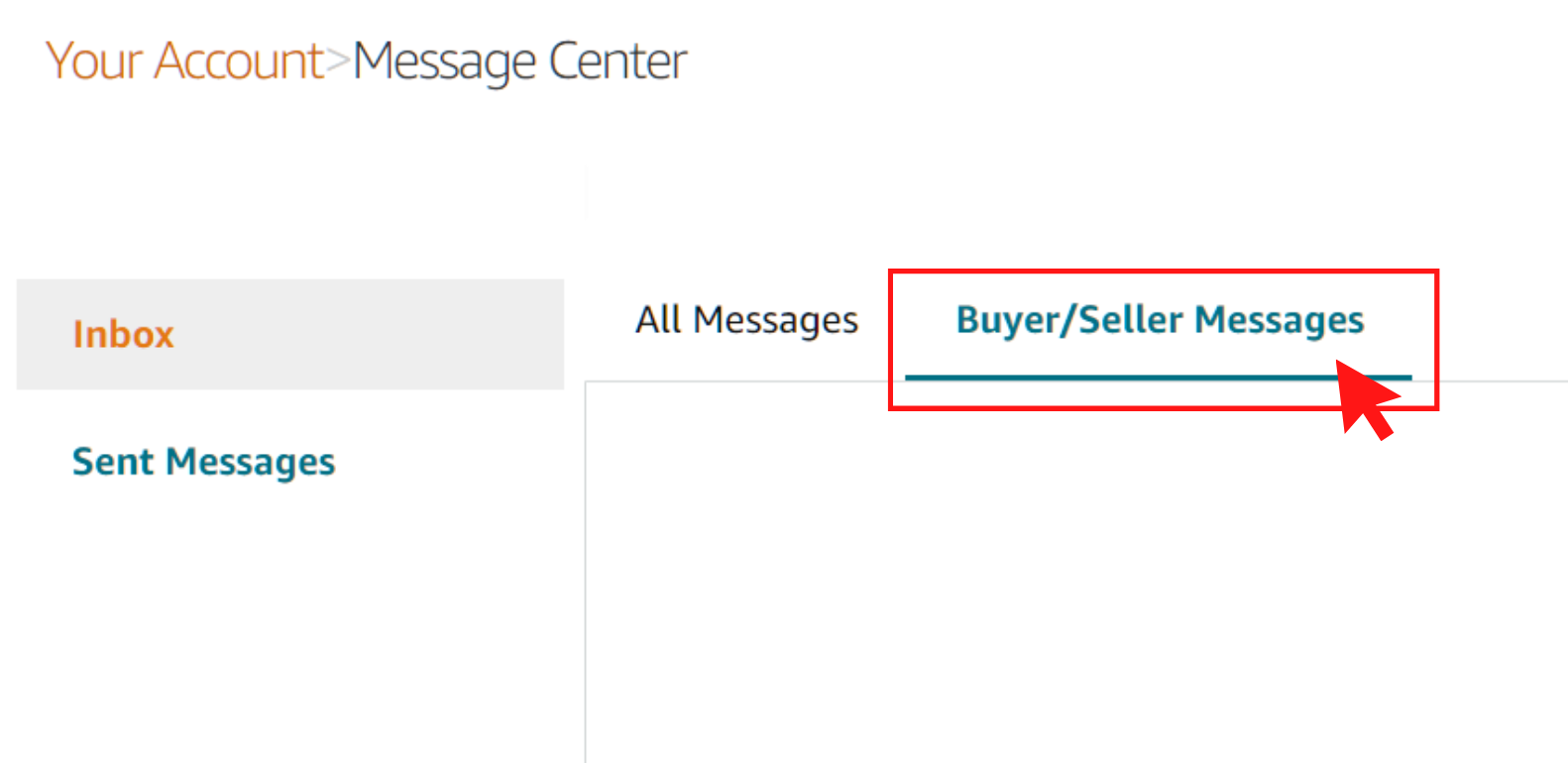AI Amazon Repricer
Boost your Amazon profits and avoid price wars with AI repricing
Amazon is a popular platform for online selling, boasting over 310 million users globally.

Amazon is a popular platform for online selling, boasting over 310 million users globally. Its appeal lies in its vast user base and the sophisticated tools and features it offers sellers, entrepreneurs, and business owners.
The Amazon platform continues to provide sellers with a seamless environment where online transactions and innovative technology offer unmatched convenience for sellers. Central to this excellent seller experience is the Amazon Message Center, a vital part of the dynamic system that enhances communication between buyers and sellers.
This article provides additional information about the Amazon Message Center and outlines key guidelines for maximizing its use and enhancing your selling strategy on Amazon.
The Amazon Message Center, also called the Buyer-Seller Messaging Service, is a tool designed for Amazon sellers to communicate with buyers within the Amazon marketplace. This tool allows sellers to reach out to Amazon shoppers, with all conversations conveniently located on the Buyer-Seller Messages page. Access to Amazon Buyer-Seller messages enables an Amazon seller to address customer queries or complaints.
Amazon safeguards the interaction between third-party sellers and buyers by assigning each buyer a unique and anonymized email alias.
The primary objective of the Amazon Buyer-Seller Messaging Service is to streamline communication between sellers and buyers on the Amazon platform. To elaborate, sellers can utilize this messaging service to accomplish the following tasks:
To facilitate communication between Amazon customers and sellers, activating the Buyer-Seller messaging feature in your notification preferences through Seller Central is essential. The following provides guidance on how to enable this messaging feature.
STEP 1: After logging into your Seller Central account, hover on the gear icon on the top right corner and click “Notification Preferences” from the drop-down menu.
Image Adapted from Amazon: Amazon Seller Central Account Dashboard Cropped Image; Retrieved: June 6, 2024, From Amazon Seller Central
Step 2: After being redirected, scroll down to locate the “Messaging” section and select “Edit.” Tick the box next to Buyer messages, provide your email address (or the email of a colleague requiring access), and finally, click the “Save” button.
Image Adapted from Amazon: Amazon Message Center Cropped Image; Retrieved: June 6, 2024, From Amazon Seller Central
Note that if you are an Amazon FBM seller, the Buyer-Seller Messaging System is already enabled by default.
The Amazon Message Center is essential for both Amazon sellers and Amazon buyers. For sellers, the Message Center helps them view and reply to messages from buyers about their orders. Sellers can also use it to send proactive messages to buyers within specific guidelines.
On the other hand, Amazon shoppers or buyers can use Amazon’s messaging system to view all messages and notifications related to their orders, shipping, payments, and more. In order to access the Buyer-Seller Messaging Center, you can follow the steps outlined below:
STEP 1: Log into your Seller Central account.
STEP 2: Once logged in, on the Menu section, locate the ‘Orders’ tab and choose ‘Manage Orders.’
Image Adapted from Amazon: Amazon Seller Central Dashboard Cropped Image; Retrieved: June 6, 2024, From Amazon Seller Central
STEP 3: Select the relevant order from the list for buyer communication.
STEP 4: Click on the buyer’s name in the ‘Contact Buyer’ section, and then send the message using the Seller Central account or by copying the encrypted email address for use in an alternative email service.
STEP 1: Log in to your Amazon account. Once logged in, hover over the “Account & Lists” menu and click the “Account” tab.
Image Adapted from Amazon: Amazon Website Landing Page Cropped Image; Retrieved: June 6, 2024, From Amazon.com
STEP 2: Once redirected, scroll down and click “Your Messages.”
Image Adapted from Amazon: Amazon Seller Central Dashboard Cropped Image; Retrieved: June 6, 2024, From Amazon Seller Central
STEP 3: Once on the Amazon Message Center, click Buyer/ Seller Messages to check any seller messages.
Image Adapted from Amazon: Amazon Seller Central Message Center Cropped Image; Retrieved: June 6, 2024, From Amazon Seller Central
The Amazon Message Center is governed by specific rules designed to safeguard both buyers and sellers, aiming to prevent fraud and promote fair competition. Below, we outline crucial guidelines for utilizing the Message Center effectively:
Amazon permits you to proactively engage with a customer under specific circumstances, including:
Practices to Avoid:
It is worth noting that Proactive Permitted Messages must be sent within 30 days of order completion. It should include the 17-digit order ID; communication must be in the buyer’s preferred language.
Messages related to Amazon returns must adhere to Amazon’s guidelines, which specify that sellers are allowed to contact the buyer regarding the return solely to obtain the necessary information to finalize the return or when offering a partial refund.
Neglecting these guidelines could lead to restricted access to messaging services or potential account suspension. Thus, sellers must acquaint themselves with Amazon’s comprehensive Communication Guidelines policy.
Effective communication through the Amazon Message Center is vital for elevating your Amazon business’s customer service Research suggests that nearly 70% of consumers are open to paying a premium for products and services from a brand recognized for its commitment to providing exceptional customer service.
To help you improve your seller performance and customer service, here are some expert tips tailored for success on the Amazon platform.
Addressing customer complaints on Amazon requires a systematic and empathetic approach, irrespective of your product’s quality.
Begin by calmly reading the customer’s complaint to understand their concerns. Take a moment to process the feedback or concern and formulate an action plan to resolve the grievance.
When responding, acknowledge their concerns and make the customer feel heard and valued. Clearly outline the steps you will take to address the issue and express gratitude for their feedback. And remember, as per Amazon guidelines, avoid incentivizing language when thanking the customer.
Ensuring prompt responses through the Amazon Message Center is crucial to fostering customer satisfaction. Your immediate replies to queries or complaints are pivotal in building trust while showcasing your commitment to prioritizing customer needs. While responding instantly may not always be feasible, sellers should aim to address concerns as soon as possible.
Amazon sellers can take the first step in reaching out to customers, particularly for essential communication related to order completion or addressing customer service queries.
Proactive communication shapes customer interactions positively, allowing you to highlight important information preemptively and mitigate potential negative feedback.
Yes, Amazon shoppers or buyers can choose not to receive unsolicited messages from sellers. However, if buyers start a conversation with you, they cannot opt out of receiving your replies.
Amazon protects the privacy of buyers and sellers through anonymized email aliases. These anonymized email aliases are like real email addresses, which stay the same for all future communication with the same Amazon buyer.
If you intend to send a “critical message to the buyer,” the following messages are considered critical to complete a buyer’s order:
Amazon’s buyer-seller messaging system is designed to streamline and enhance customer interactions, facilitating efficiency and effectiveness. By utilizing this tool effectively, you can ensure outstanding customer service at every touchpoint.
Additionally, a comprehensive review of Amazon’s communication guidelines and implementing the suggested tips above can help enhance your customer service and improve the overall performance of your Amazon venture.

Set up in minutes with the help of our customer success team, or reach out to our sales team for any questions. Start your 15-day free trial—no credit card needed!
